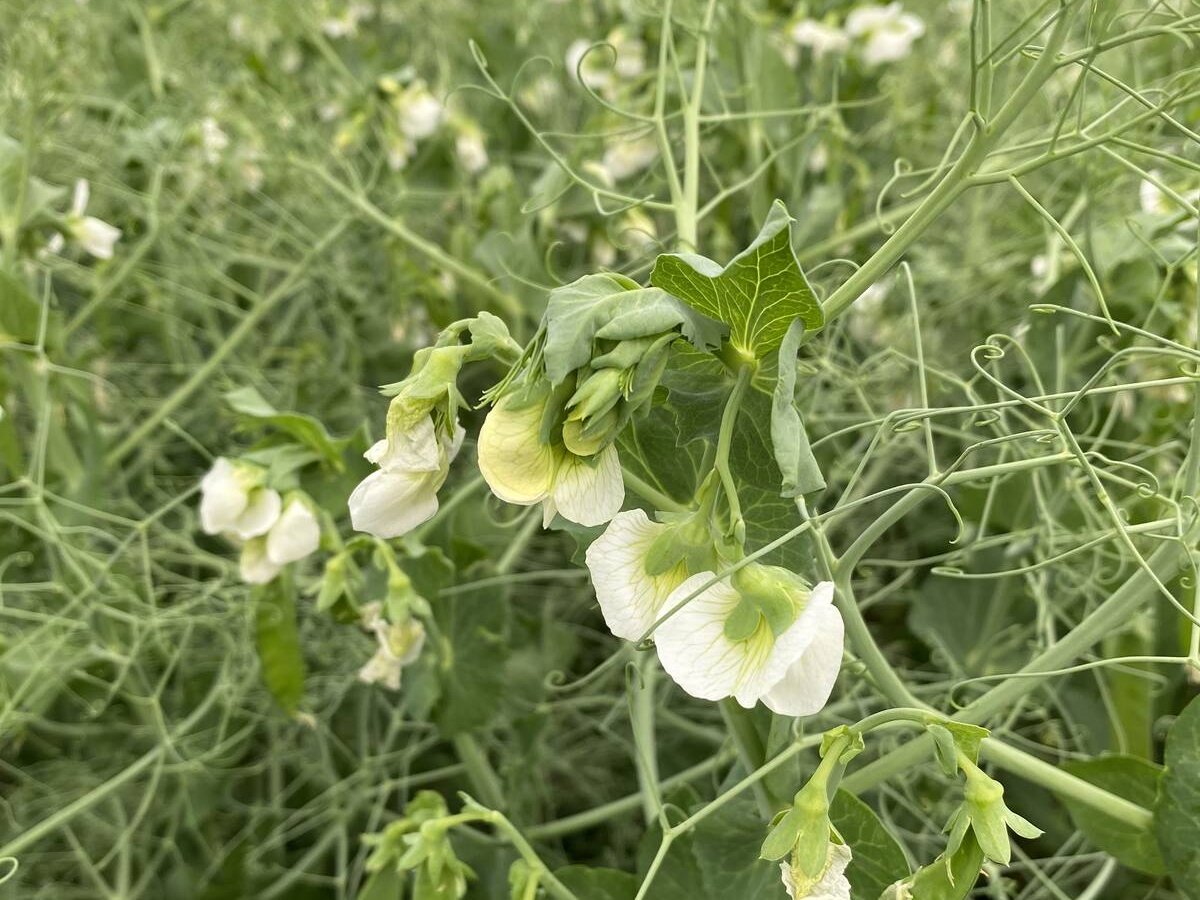Researchers aiming for 180 bushels per acre
Corn’s competitive edge over barley could lessen if Alberta researchers succeed in boosting the latter’s yields from 60 to 180 bushels per acre.
“The genetics are out there to do 256 bu. an acre of barley,” said Steve Larocque, who farms near Three Hills, Alta., and is president of Beyond Agronomy, a private company.
The U.S. Department of Agriculture reported a record corn yield of more than 170 bu. per acre last year, while a New Zealand farmer set a world record last fall when he grew 256 bu. per acre of two row feed barley.
Read Also

India slaps 30 per cent import duty on yellow peas
India has imposed a 30 per cent duty on yellow pea imports with a bill of lading date on or after Nov. 1, 2025.
The Kiwis have more rain and 160 growing days, but research in Alberta could increase yields with intensive management, Larocque told the Western Barley Growers Association annual meeting, which was held in Calgary Feb. 11-13.
“When we think about the yield potential of 160 bu. per acre, we have got a long way to go,” said Alberta Agriculture agronomy researcher Sheri Strydhorst.
Larocque has been working on the Barley 180 Project since 2011. Small plot trials in southern Alberta had tremendous results, producing 180-190 bu. per acre.
The project sought to replicate those results on a large field scale at sites with varied soil types and climate.
Strydhorst is working on feed variety trials that use 64 management practices on small plots to find the best combinations that might boost yields in a profitable way.
The Barley 180 project used high seeding rates and nitrogen applications from 80 to 160 pounds per acre. It did not include phosphorus trials.
The goal was to produce 900 heads per sq. metre or about 90 plants per sq. foot. Each head should have 24 kernels each.
“How do you get to that 90 plants per sq. foot? It is a lot harder than you think,” he said.
Maximizing head numbers is the goal, but local soil types, rainfall and other environmental factors must be considered to achieve optimum results. Their best year was 2011.
The researchers learned that timing of nitrogen application was critical.
“Barley sets its yield potential so early,” he said.
“If all your yield and potential is set earlier on, you need all that nutrition, all that nitrogen upfront to build those tillers.”
They also experimented with plant growth regulators, which are not registered for barley in Canada. Timing for these products was also critical because the heads would not emerge if they went on too early at the second and third tiller stage.
Regulating the growth of the kernel size was difficult if applied too late and may result in thinner kernels.
“It is a time sensitive product, unfortunately,” he said.
New Zealand producers use these products so that barley can stand longer without shattering losses.
“We need to find a way to get (plant growth regulators) into our system and registered. They do have a fit,” he said.
Strydhorst also tried growth regulators on her variety trials across the province and found that results were variable.
Her project using advanced agronomic practices started in 2014 and will end next year.
She said yield increases are most often determined by the least available resource. Adding other inputs such as more fertilizer will not help if moisture is the most limiting facto,.
Some sites received 250 to 400 millimetres of precipitation, so yield responses were good. However, the Peace region had 100 mm of rain last year and the crops failed.
Her research team has experimented with bumping up nitrogen rates.
“Timing is really critical if you want to increase yields,” she said.
“You need to have that nitrogen there and available when the crop has its maximum nitrogen needs.”
Protein content improves if nitrogen goes on too late, but the yields do not. Foliar fungicides sometimes improved yields from five to 44 percent, depending on factors such as genetics.
“If you have a variety that has genetic resistant to the disease, you are not going to get the yield increase,” she said.
The research also examined 10 feed varieties to assess genetics, management and yield response. Agriculture Canada researchers at Lacombe are doing similar work with malting varieties.
Researchers have been able to in-crease yields with intensive management under the right conditions, but economic analysis has found that the added production was not enough to pay for the extra inputs.















